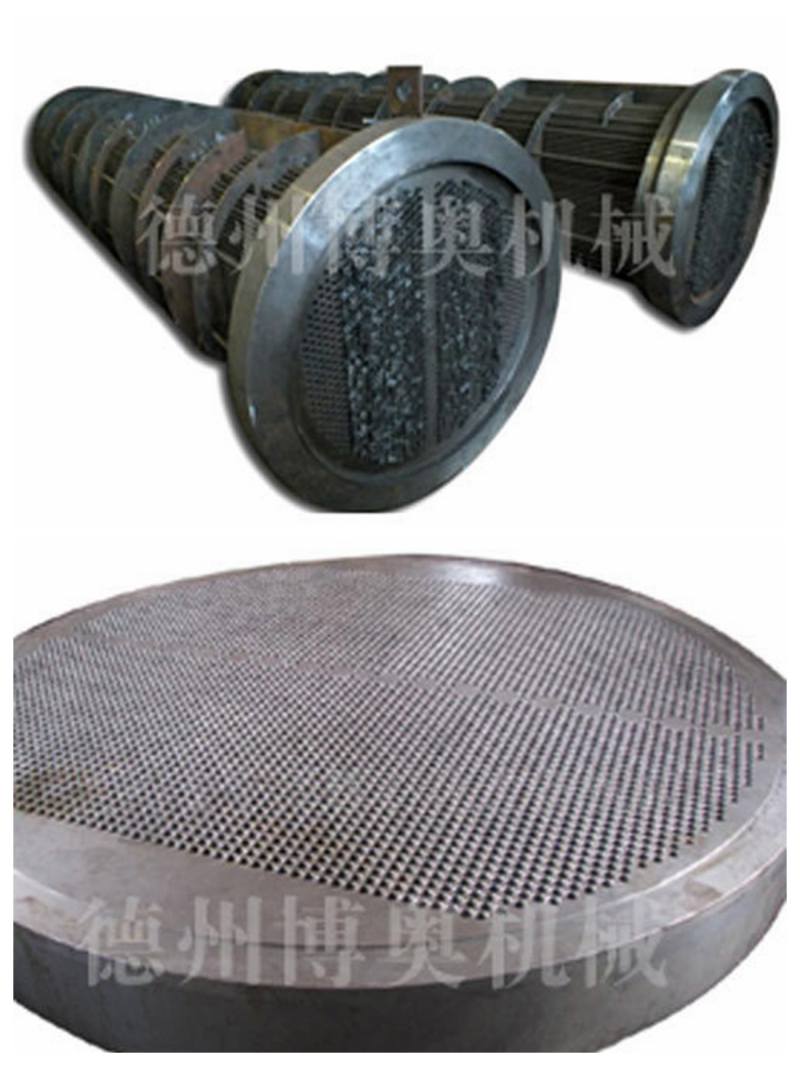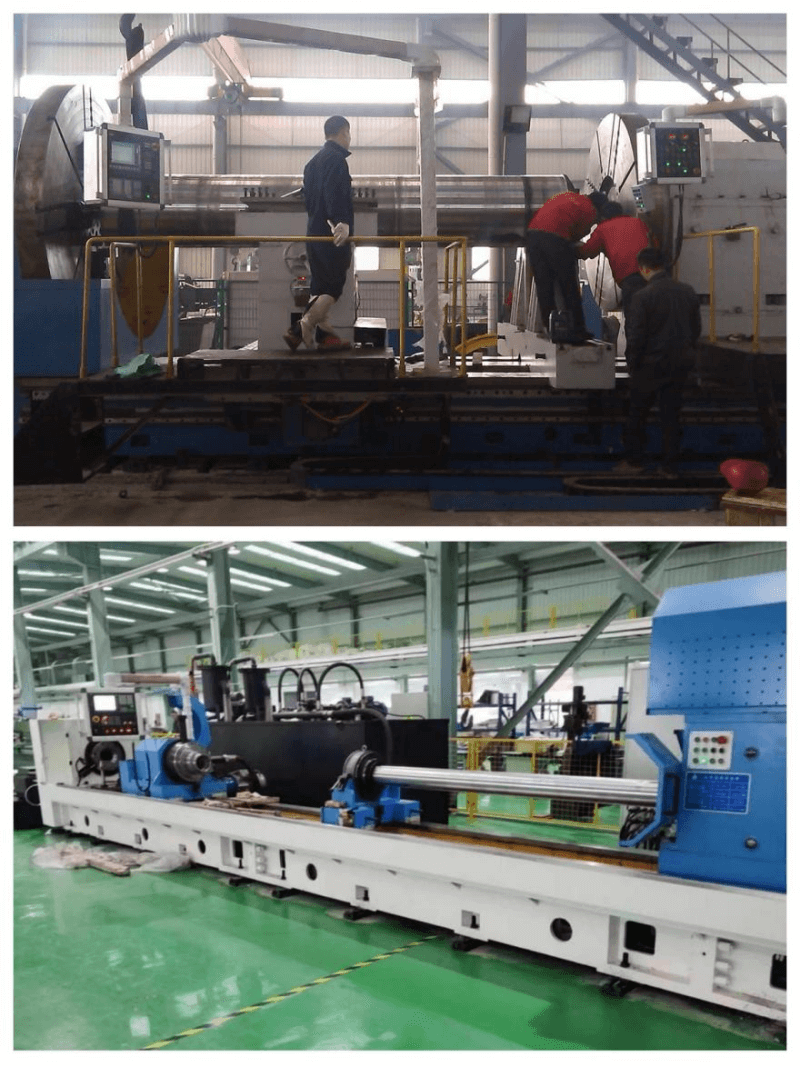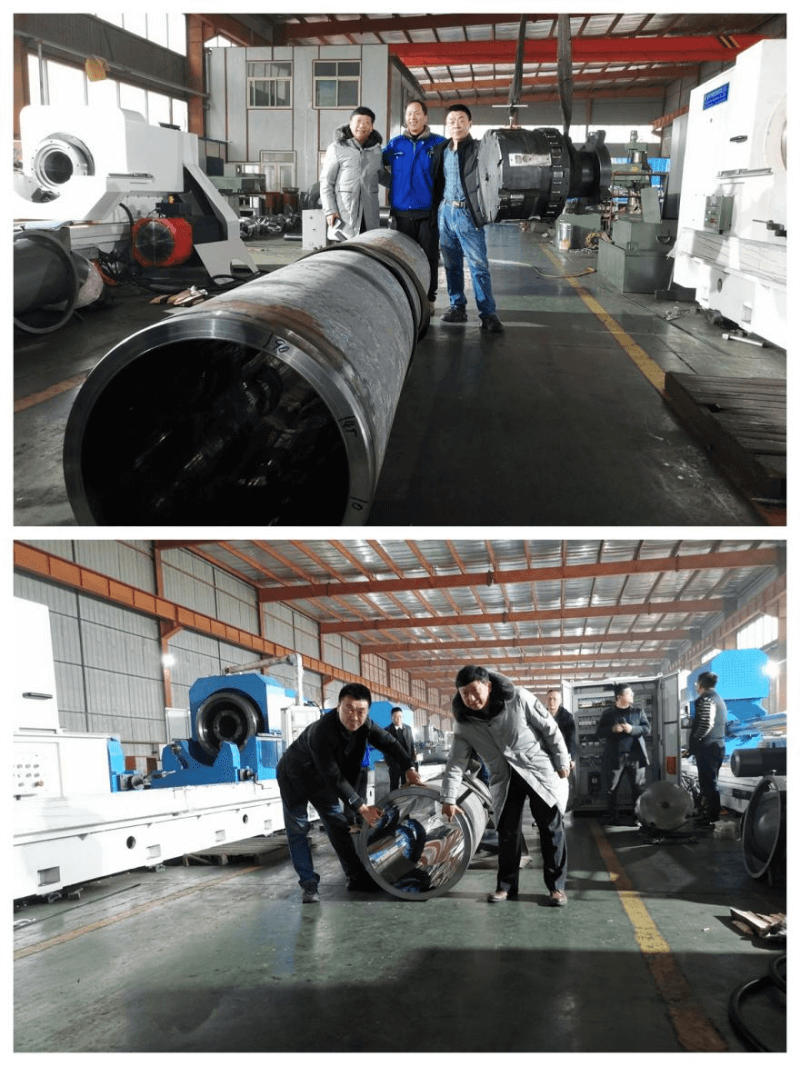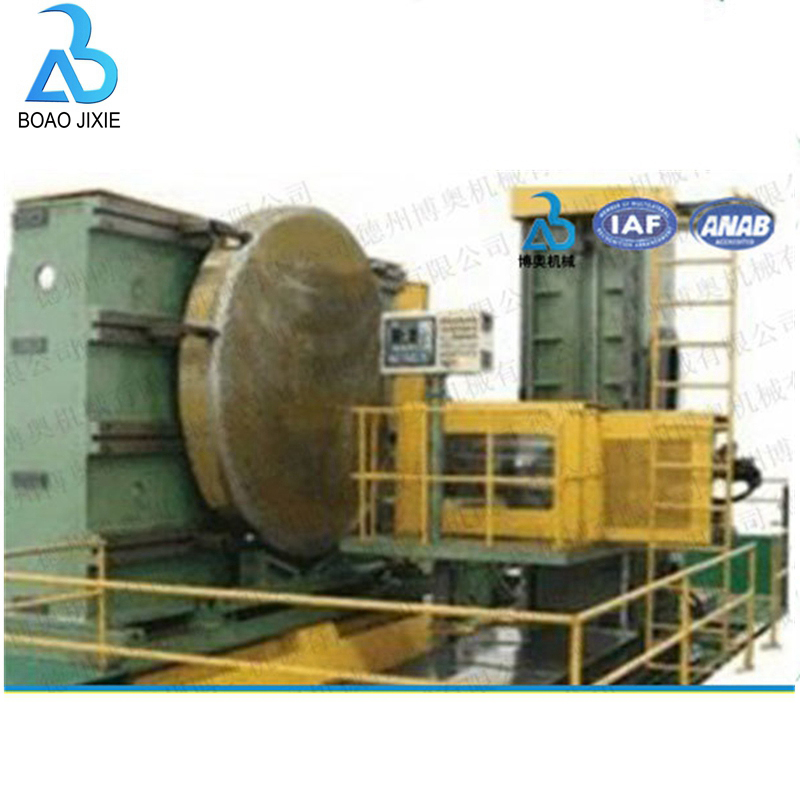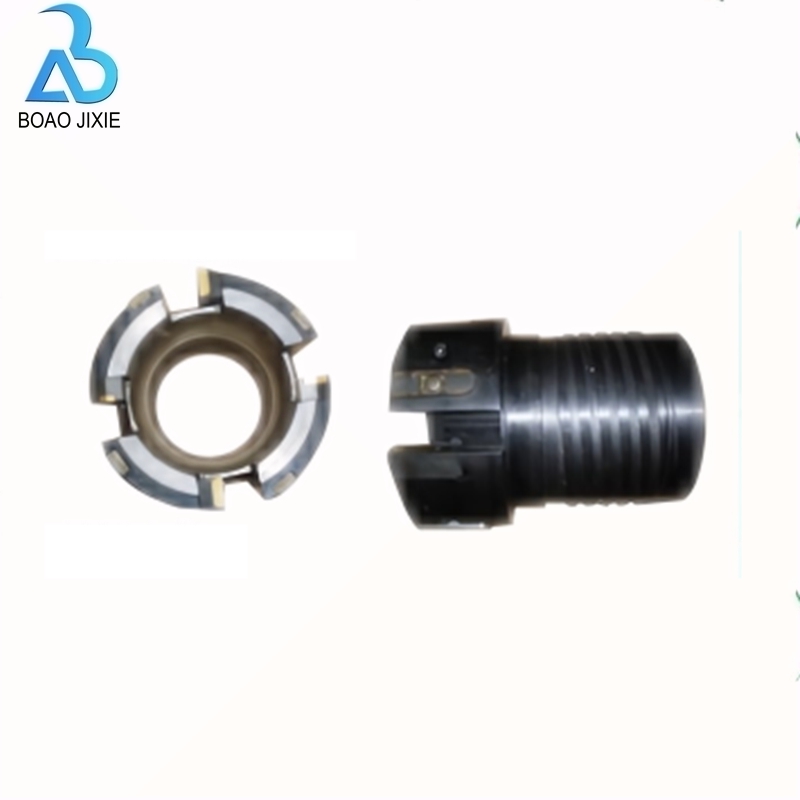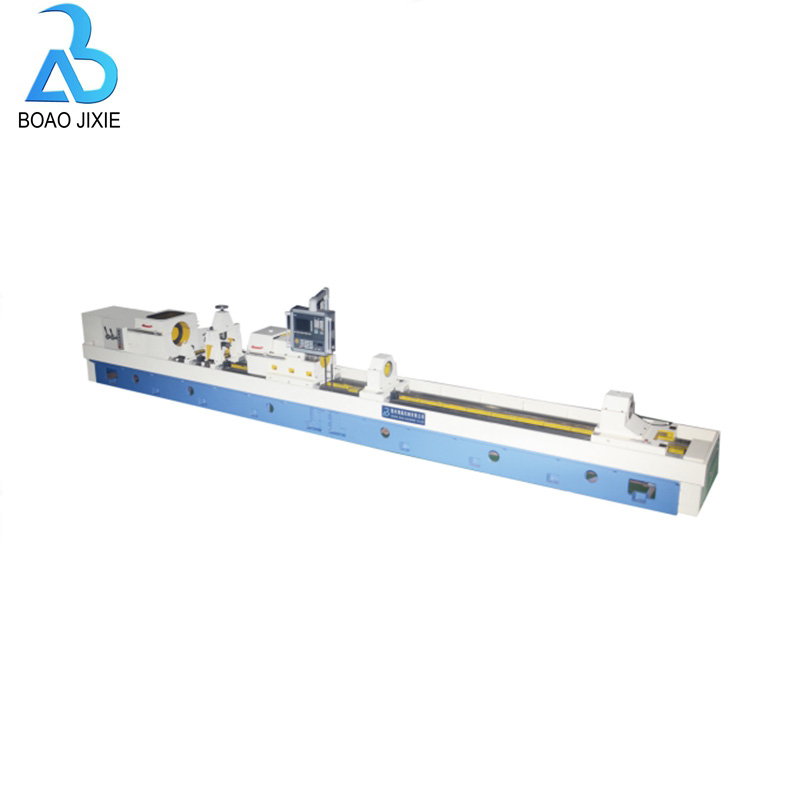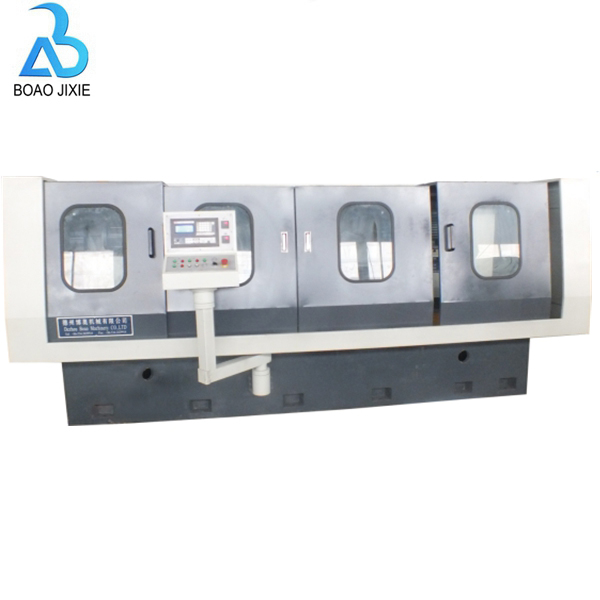Special deep hole drilling machine (tube plate series)
Machine Character
Tube sheets are widely used in shell and tube heat exchangers, boilers, pressure vessels, steam turbines, large central air conditioners and other industries. It is mainly used in chemical containers, such as tube and tube heat exchangers, pressure vessels, boilers, condensers, central air conditioners, evaporators, and seawater desalination, to support and fix the tubes. The metal material not only has a strong Rigid, and has great thermal conductivity. The tube sheets used for Type III and Type IV pressure vessels require relatively high precision. The traditional hole processing methods are fitter marking and radial drilling. In recent years, with the enlargement of chemical containers, the diameter of the tube sheet has been increasing, and the thickness has gradually increased. Numerical control technology has also been introduced into the processing of the tube sheet. Now, CNC drilling machines are commonly used to guide holes and radial drills for hole processing. The use of machining centers for high-efficiency and high-precision hole processing has gradually been accepted by some large enterprises. At present, the demand for large and thick tube sheets in the fields of nuclear power, seawater desalination, and central air-conditioning heat exchangers is showing an increasing trend. In the inspection process of the tube sheet, the main inspection indicators are the hole position, the hole diameter tolerance, the smoothness of the hole, the presence or absence of burrs, the position of the groove, etc. For the double tube sheet, more attention is paid to the hole position during the inspection process. Hole fit is very important. The large-scale CNC three-axis deep hole drilling machine independently developed and designed by our company can guarantee it. Tube sheet drilling workpiece (as shown in the figure below).
Important Machine Parts
